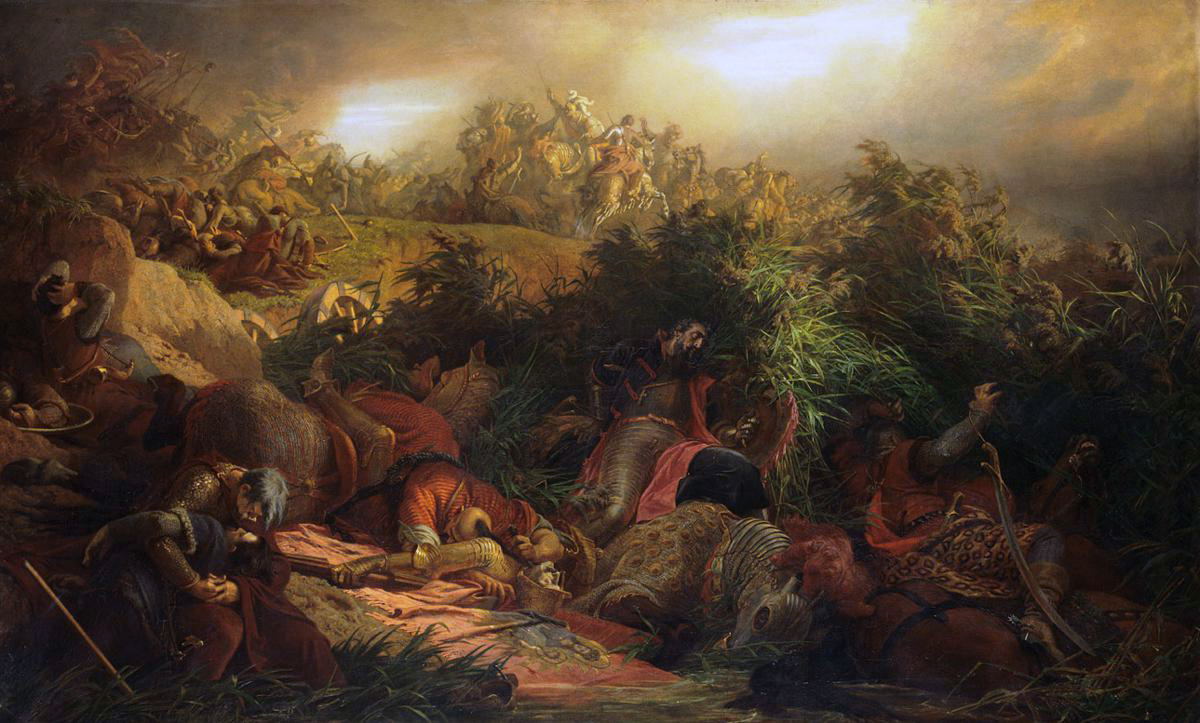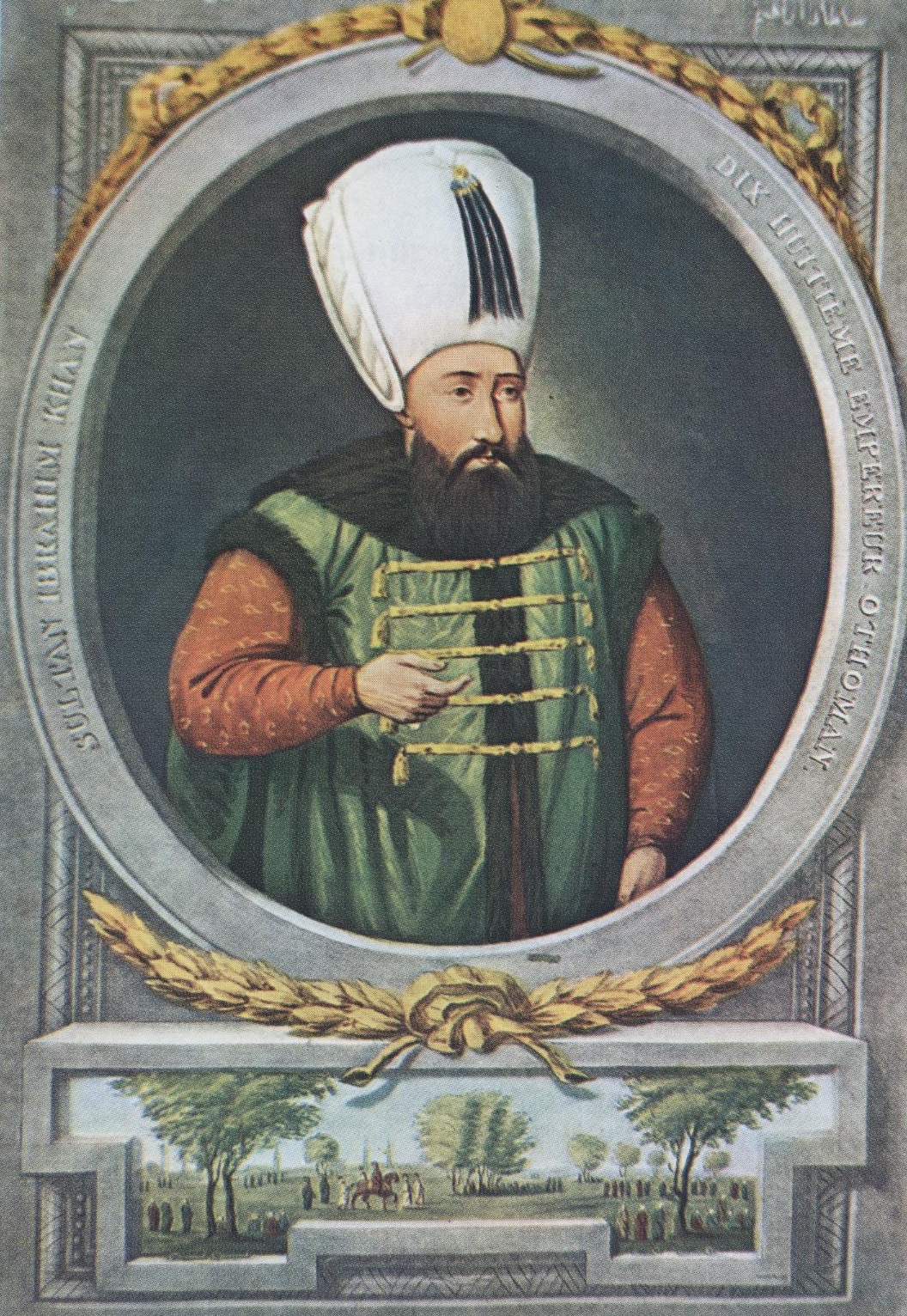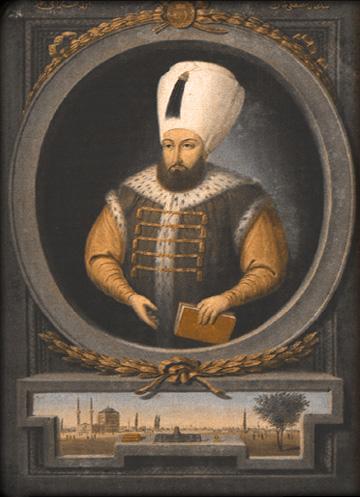|
┼×ehzade
''┼×ehzade'' () is the Ottoman form of the Persian title ''Shah#Shahzadeh, Shahzadeh'', and refers to the male Osmano─¤lu family, descendants of an Ottoman sovereign in the male line. This title is equivalent to "prince du sang, prince of the blood imperial" in English. Origin ''┼×ehzade'' derives from the Persian word ''Shah#Shahzade, shahzadeh'' or ''shahzada''. In the realm of a shah (or shahanshah), a prince or princess of the blood was logically called ''shahzada'', the term being derived from "shah" using the Persian patronymic suffix ''Zadeh, -z─üdeh'' or ''Zada (suffix), -zada'', meaning "son of", "daughter of", "descendant of", or "born of". However, the precise full styles can differ in the court traditions of each monarchy. Usage in Ottoman royalty In Ottoman royalty, the title ''┼¤ehzade'' designates male descendants of sovereigns in the male line. In formal address, this title is used with title ''sultan'' before a given name, reflecting the Ottoman conception of ... [...More Info...] [...Related Items...] OR: [Wikipedia] [Google] [Baidu] |
Osmano─¤lu Family
Osmano─¤lu is a family belonging to the historical Ottoman dynasty, which was the ruling house of the Ottoman Empire from 1299 until the abolition of the Ottoman sultanate in 1922, and the Ottoman Caliphate from 1517 until the abolition of the caliphate in 1924. In 1924, members of the Osmano─¤lu family were forced into exile. Their descendants now live in many countries throughout Europe, as well as in the United States, the Middle East, and since they have now been permitted to return to their homeland, many now also live in Turkey. The female members of the dynasty were allowed to return after 1951, and the male members after 1973. The family adopted the surname of Osmano─¤lu, meaning "son of Osman". Heads of the Osmano─¤lu family since 1922 Below is a list of people who would have been heirs to the Ottoman throne following the abolition of the sultanate on 1 November 1922. These people have not necessarily made any claim to the throne; for example Ertu─¤rul Osman said ... [...More Info...] [...Related Items...] OR: [Wikipedia] [Google] [Baidu] |
Suleiman The Magnificent
Suleiman I (; , ; 6 November 14946 September 1566), commonly known as Suleiman the Magnificent in the Western world and as Suleiman the Lawgiver () in his own realm, was the List of sultans of the Ottoman Empire, Ottoman sultan between 1520 and his death in 1566. Under his administration, the Ottoman Empire ruled over at least 25 million people. After succeeding his father Selim I on 30 September 1520, Suleiman began his reign by launching military campaigns against the Christendom, Christian powers of Central and Eastern Europe and the Mediterranean; Siege of Belgrade (1521), Belgrade fell to him in 1521 and Siege of Rhodes (1522), Rhodes in 1522ŌĆō1523, and at Battle of Moh├Īcs, Moh├Īcs in 1526, Suleiman broke the strength of the Kingdom of Hungary in the Middle Ages, Kingdom of Hungary. Presiding over the apex of the Ottoman Empire's economic, military, and political strength, Suleiman rose to become a prominent monarch of 16th-century Europe, as he personally led Arm ... [...More Info...] [...Related Items...] OR: [Wikipedia] [Google] [Baidu] |
Abdul Hamid II
Abdulhamid II or Abdul Hamid II (; ; 21 September 184210 February 1918) was the 34th sultan of the Ottoman Empire, from 1876 to 1909, and the last sultan to exert effective control over the fracturing state. He oversaw a Decline and modernization of the Ottoman Empire, period of decline with rebellions (particularly in the Balkans), and presided over Russo-Turkish War (1877ŌĆō1878), an unsuccessful war with the Russian Empire (1877ŌĆō78), the loss of Anglo-Egyptian War, Egypt, Cyprus Convention, Cyprus, Congress of Berlin, Bulgaria, Serbia, Montenegro, French conquest of Tunisia, Tunisia, and Convention of Constantinople (1881), Thessaly from Ottoman control (1877ŌĆō1882), followed by a successful Greco-Turkish War (1897), war against Greece in 1897, though Ottoman gains were tempered by subsequent Western European intervention. Elevated to power in the wake of Young Ottomans, Young Ottoman 1876 Ottoman coup d'├®tat, coups, he promulgated the Constitution of the Ottoman Empire, ... [...More Info...] [...Related Items...] OR: [Wikipedia] [Google] [Baidu] |
Ahmed I
Ahmed I ( '; ; 18 April 1590 ŌĆō 22 November 1617) was the sultan of the Ottoman Empire from 1603 to 1617. Ahmed's reign is noteworthy for marking the first breach in the Ottoman tradition of royal fratricide; henceforth, Ottoman rulers would no longer systematically execute their brothers upon accession to the throne. He is also well known for his construction of the Blue Mosque, one of the most famous mosques in Turkey. Early life Ahmed was born at the Manisa Palace, Manisa, probably on 18 April 1590, when his father Mehmed was still a prince and the governor of the Sanjak of Manisa. His mother was Handan Sultan. After his grandfather Murad III's death in 1595, his father came to Constantinople and ascended the throne as Sultan Mehmed III. Mehmed ordered the execution of his nineteen half brothers. Ahmed's elder brother ┼×ehzade Mahmud was also executed by his father Mehmed on 7 June 1603, just before Mehmed's own death on 22 December 1603. Mahmud was buried along with hi ... [...More Info...] [...Related Items...] OR: [Wikipedia] [Google] [Baidu] |
Line Of Succession To The Former Ottoman Throne
The Ottoman dynasty () consisted of the members of the imperial House of Osman (), also known as the Ottomans (). According to Ottoman tradition, the family originated from the Kay─▒ tribe branch of the Oghuz Turks, under the leadership of Osman I in northwestern Anatolia in the district of Bilecik, S├Č─¤├╝t. The Ottoman dynasty, named after Osman I, ruled the Ottoman Empire from 1299 to 1922. During much of the Empire's history, the sultan was the absolute regent, head of state, and head of government, though much of the power often shifted to other officials such as the Grand Vizier. During the First (1876ŌĆō78) and Second Constitutional Eras (1908ŌĆō20) of the late Empire, a shift to a constitutional monarchy was enacted, with the Grand Vizier taking on a prime ministerial role as head of government and heading an elected General Assembly. The imperial family was deposed from power and the sultanate was abolished on 1 November 1922 immediately after the Turkish Wa ... [...More Info...] [...Related Items...] OR: [Wikipedia] [Google] [Baidu] |
Mehmed III
Mehmed III (, ''MeßĖźmed-i s─ülis''; ; 26 May 1566 ŌĆō 22 December 1603) was the sultan of the Ottoman Empire from 1595 until his death in 1603. Mehmed was known for ordering the execution of his brothers and leading the army in the Long Turkish War, during which the Ottoman army was victorious at the decisive Battle of Keresztes. This victory was however undermined by some military losses such as in Gy┼ær and Nikopol. He also ordered the successful quelling of the Jelali rebellions. The sultan also communicated with the court of Elizabeth I on the grounds of stronger commercial relations and in the hopes of England to ally with the Ottomans against the Spanish. Early life Mehmed was born at the Manisa Palace on 26 May 1566, during the reign of his great-grandfather, Suleiman the Magnificent. He was the son of Murad III, himself the son of Selim II, who was the son of Sultan Suleiman and Hurrem Sultan. His mother was Safiye Sultan, an Albanian from the Dukagjin Highlan ... [...More Info...] [...Related Items...] OR: [Wikipedia] [Google] [Baidu] |
Murad II
Murad II (, ; June 1404 ŌĆō 3 February 1451) was twice the sultan of the Ottoman Empire, from 1421 to 1444 and from 1446 to 1451. Early life Murad was born in June 1404 to Mehmed I, while the identity of his mother is disputed according to various accounts. According to 15th century historian ┼×├╝krullah, Murad's mother was a concubine. H├╝seyin H├╝s├ómeddin Yasar, an early 20th century historian, wrote in his work ''Amasya Tarihi'' that his mother was ┼×ahzade Hatun, daughter of Divitdar Ahmed Pasha. According to historians ─░smail Hami Dani┼¤mend, and Heath W. Lowry, his mother was Emine Hatun, a Dulkadirids, Dulkadirid princess. He spent his early childhood in Amasya. In 1410, Murad came along with his father to the Ottoman Empire, Ottoman capital, Edirne. After his father ascended to the Ottoman throne, he made Murad governor of the Amasya Sanjak. Murad remained at Amasya until the death of Mehmed I in 1421. He was solemnly recognized as sultan of the Ottoman Sultanate at ... [...More Info...] [...Related Items...] OR: [Wikipedia] [Google] [Baidu] |
┼×ehzade
''┼×ehzade'' () is the Ottoman form of the Persian title ''Shah#Shahzadeh, Shahzadeh'', and refers to the male Osmano─¤lu family, descendants of an Ottoman sovereign in the male line. This title is equivalent to "prince du sang, prince of the blood imperial" in English. Origin ''┼×ehzade'' derives from the Persian word ''Shah#Shahzade, shahzadeh'' or ''shahzada''. In the realm of a shah (or shahanshah), a prince or princess of the blood was logically called ''shahzada'', the term being derived from "shah" using the Persian patronymic suffix ''Zadeh, -z─üdeh'' or ''Zada (suffix), -zada'', meaning "son of", "daughter of", "descendant of", or "born of". However, the precise full styles can differ in the court traditions of each monarchy. Usage in Ottoman royalty In Ottoman royalty, the title ''┼¤ehzade'' designates male descendants of sovereigns in the male line. In formal address, this title is used with title ''sultan'' before a given name, reflecting the Ottoman conception of ... [...More Info...] [...Related Items...] OR: [Wikipedia] [Google] [Baidu] |
Ibrahim Of The Ottoman Empire
Ibrahim (; ; ; 13 October 1617 ŌĆō 18 August 1648) was the sultan of the Ottoman Empire from 1640 until 1648. He was born in Constantinople as the last son of sultan Ahmed I and K├Čsem Sultan, an ethnic Greek originally named Anastasia. He was called Ibrahim the Mad () due to his mental condition and behavior. However, historian Scott Rank notes that his opponents spread rumors of the sultan's insanity, and some historians suggest he was more incompetent than mad. Early life Ibrahim was born on 13 October 1617 as the last son of Sultan Ahmed I and his Haseki Sultan, K├Čsem Sultan and when he was merely a month old, his father suddenly died and Ibrahim's uncle Mustafa I became the new sultan. K├Čsem Sultan and her children, including an infant Ibrahim, were sent to the Old Palace. After his brother Murad IV inherited the throne from his uncle Mustafa I, Ibrahim was confined in the Kafes, which affected his health. Murad had Ibrahim's two surviving half-brothers ┼×ehzade B ... [...More Info...] [...Related Items...] OR: [Wikipedia] [Google] [Baidu] |
Mehmed II
Mehmed II (; , ; 30 March 14323 May 1481), commonly known as Mehmed the Conqueror (; ), was twice the sultan of the Ottoman Empire from August 1444 to September 1446 and then later from February 1451 to May 1481. In Mehmed II's first reign, he defeated the crusade led by John Hunyadi after the Hungarian incursions into his country broke the conditions of the truce per the Peace of Szeged, Treaties of Edirne and Szeged. When Mehmed II ascended the throne again in 1451, he strengthened the Ottoman Navy and made preparations to attack Constantinople. At the age of 21, he Fall of Constantinople, conquered Constantinople and brought an end to the Byzantine Empire. After the conquest, Mehmed claimed the title Caesar (title), caesar of Roman Empire, Rome (), based on the fact that Constantinople had been the seat and capital of the surviving Byzantine Empire, Eastern Roman Empire since its consecration in 330 AD by Constantine the Great, Emperor Constantine I. The claim was soon reco ... [...More Info...] [...Related Items...] OR: [Wikipedia] [Google] [Baidu] |
Mustafa I
Mustafa I (; ; ; 1600/1602 ŌĆō 20 January 1639) was twice the sultan of the Ottoman Empire from 22 November 1617 to 26 February 1618, and from 20 May 1622 to 10 September 1623. He was the son of sultan Mehmed III and Halime Sultan. Early life Mustafa was born around 1600/1602 in the Topkap─▒ Palace, Topkapi Palace. He was son of Sultan Mehmed III and Halime Sultan, Halime Hatun, an Abkhazian concubine.B├Črek├¦i, G├╝nhan. "Mustafa I." ''Encyclopedia of the Ottoman Empire''. Ed. G├Ībor ├ügoston and Bruce Masters. New York: Facts on File, 2009. p. 409. Before 1603 it was customary for an Ottoman Sultan to have his brothers executed shortly after ascending the throne, (Mustafa's father Mehmed III had executed his nineteen half-brothers). But when the thirteen-year-old Ahmed I, Mustafa's older half-brother, was enthroned in 1603, he spared the life of Mustafa. Handan Sultan, mother of Ahmed I, was crucial to Mustafa's survival, as she convinced her son to spare his life. A ... [...More Info...] [...Related Items...] OR: [Wikipedia] [Google] [Baidu] |
Shah
Sh─üh (; ) is a royal title meaning "king" in the Persian language.Yarshater, Ehsa, ''Iranian Studies'', vol. XXII, no. 1 (1989) Though chiefly associated with the monarchs of Iran, it was also used to refer to the leaders of numerous Persianate societies, such as the Ottoman Empire, the Khanate of Bukhara and the Emirate of Bukhara, the Mughal Empire, the Bengal Sultanate, and various Afghan dynasties, as well as among Gurkhas. With regard to Iranian history, in particular, each ruling monarch was not seen simply as the head of the concurrent dynasty and state, but as the successor to a long line of royalty beginning with the original Persian Empire of Cyrus the Great. To this end, he was more emphatically known as the Sh─ühansh─üh ( ), meaning " King of Kings" since the Achaemenid dynasty. A roughly equivalent title is P─üdish─üh (; ), which was most widespread during the Muslim period in the Indian subcontinent. Etymology The word descends from Old Persian ... [...More Info...] [...Related Items...] OR: [Wikipedia] [Google] [Baidu] |









